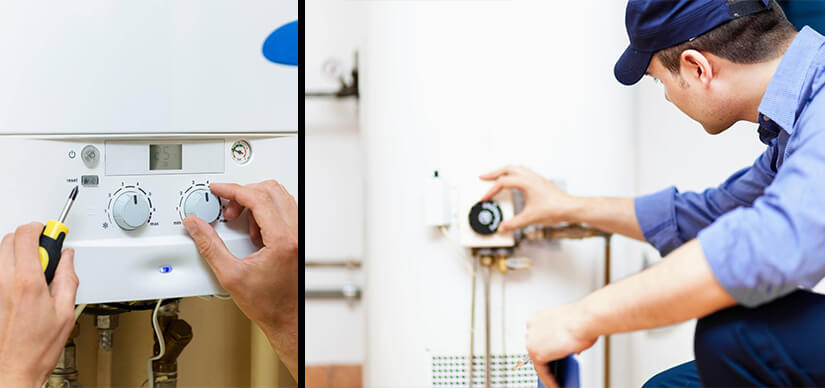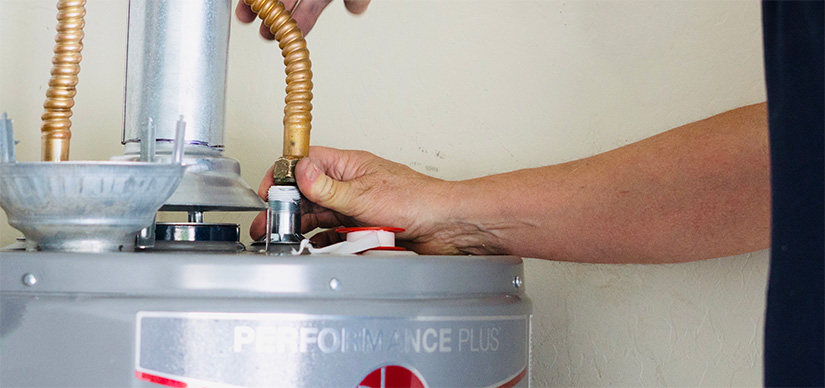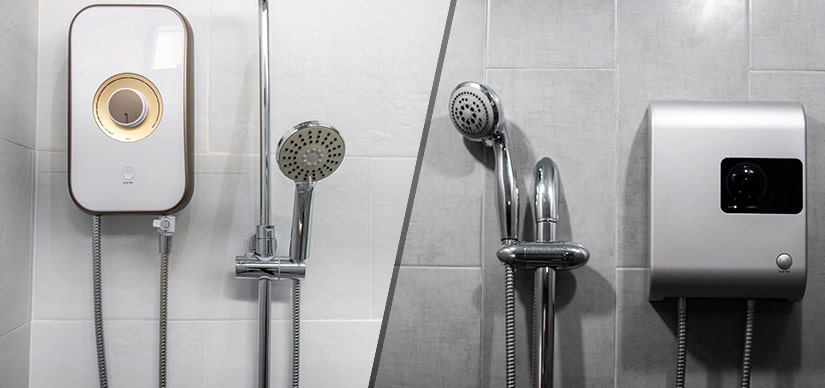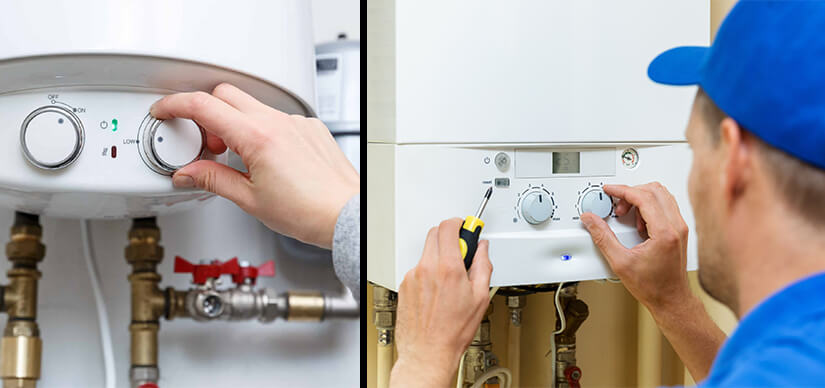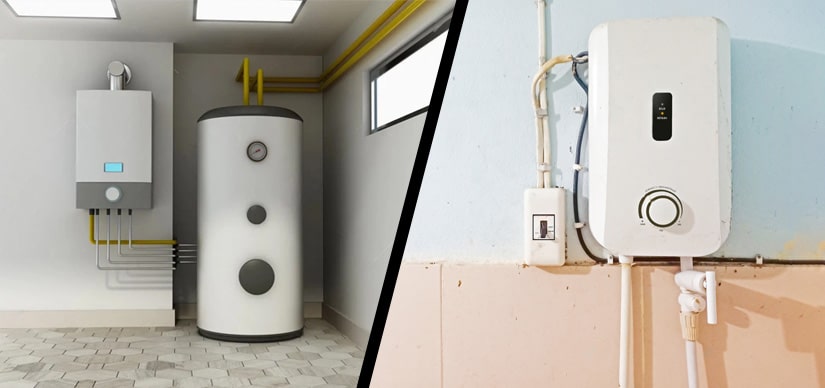Know These 5 Ways To Keep Your Water Heater Safe
A water heater is an intimidating item that lurks in your attic, cellar, or utility room. While you probably don’t give much thought to it daily, now and then, you may find yourself asking, “Should I be doing routine maintenance on that thing?” In a word, yes. Water heater repair in Carlsbad Ca increases efficiency, lengthens life, and protects you from unexpected, expensive breakdowns.
Know your Water Heater:
Once you become familiar with it, your water heater could appear intimidating. Still, in reality, it’s relatively easy to operate. The water is heated by a heating element inside the water heater’s tank. The top of the device initially does the cooling of the heater. The water stays nice and hot inside the tank until you require it, which flows through the outgoing pipe into the plumbing Service in your home. The tank’s interior is made of metal, and its exterior is insulated, so the water stays nice and toasty.
However, the 50 gallons of boiling water in your water heater warrants extreme caution. It is essential to understand how it operates and what sort of routine maintenance it requires. Keeping your home’s storage water heater running can be accomplished by following these five easy steps.
You should first double-check the temperature settings on your water heater.
Warm and soothing hot water is one thing, but searing hot water is another. If you have young children, it is essential to check the water heater’s temperature settings regularly. Keep your tank water heater at a temperature of about 120 degrees Fahrenheit so that the water in the tank is always comfortably warm to the touch but not hot enough to cause burns. Do not risk burning yourself by drinking hot water alone; dilute it with cold water first. Hot water should be mixed with cold or room temperature water in a ratio of one part hot to two parts hard. It’s an innovative practice to check the shower water temperature with your hand before getting in.
Perform regular maintenance on the T&P release valve.
The temperature and pressure (T&P) relief valve is an integral component of storage water heaters that acts as a failsafe in the case of an overheating or overpressurization emergency. At least once every six months, you should check the T&P valve that comes standard on most water heaters by raising the lever to release any pressure that has built up inside the tank. Dripping water indicates that the T&P relief valve is functioning correctly. Water should be leaking from the T&P valve, so if it isn’t, it may be broken. Get in touch with an expert for Water heater repair in Carlsbad Ca ASAP to avoid further damage or mishaps.
Test your RCCB regularly.
To protect against dangerously high voltage, an RCCB is installed. Suppose your RCCB detects an abnormal condition, such as a sudden current leakage. In that case, it will trip, cutting off power to your home and protecting you and your family from harm. Accordingly, homeowners must inspect and ensure that the RCCB is functioning correctly to provide total electrical protection for their property.
When utilizing a storage water heater, it’s crucial to remember to fill it up before switching it on. The heating element in a storage water heater can be destroyed if you turn on the unit while the tank is empty.
1-1-1 rule.
- Just Once:
Adding an insulated blanket to your water heater, which is well insulated, will further improve its energy efficiency. The water stays warmer for longer because of the added insulation, reducing the workload on the water heater’s heating element and saving you money. If a blanket doesn’t entirely cover your heater, just cut it down to size. Wrap it over the water heater tank, avoiding the vents, and fasten it with zip ties or duct tape. Remember to tuck the pipes away with your tank. Covering lines with insulating foam can keep warm air in as well.
- When monthly:
Inspecting the water heater’s pipes and valves can help detect rust and leaks before they cause significant damage. The hassle of dealing with a preventable flood from a leak is not worth the time it takes to perform a brief examination once a month. Create a monthly calendar reminder to keep yourself on track.
- Once a year:
Corrosive minerals from your water supply can accumulate as harmful sludge at the bottom of your water heater over time. The silt from the sludge can eat through the bottom of the tank. Heating the sludge along with the water wastes energy. One of the best ways to keep your water heater running well for a long time is to flush the sediment out of the tank periodically.
- Every four years:
Instead of your tank succumbing to corrosion, the anode rod will do so. However, it can only perform this selfless act for so long before it has nothing left to offer, and your tank is exposed to harmful corrosion. It’s a good thing that replacing it is simple and cheap. In addition to yearly tank flushing, changing the anode rod is a beautiful strategy to extend the life of your water heater.
Additional safety on water heater safety
Here are some safe practices to take when using a water heater:
- Clean the heater housing of flammable materials, such as paper, dust, or debris.
- Don’t use flammable liquids or detonate bug bombs that use aerosols until you’ve put out the pilot light.
- The pilot light should be raised 18 inches if the unit is in a garage. Fuel vapors won’t be able to ignite as quickly if they don’t pool on the floor.
- In the event of ground movement or a sudden rise in the gas flow, an automatic gas-shutoff valve could be helpful. When a gas line breaks due to a flood, earthquake, or another natural calamity, the valve shuts off the gas supply so that no fire can start.
- Insulate the first three feet of the cold water line leading away from the water heater and the first six feet of the hot water pipe leading away from the water heater. Insulation can improve efficiency by preventing the hot water pipe from “sweating” and the cold water line from losing heat.
- Keep a distance of at least six inches from the top of the natural gas water heater’s draught hood or flue exhaust vent.
You should also invest in high-quality storage water heaters and do routine maintenance checks on your unit. There are companies well-known for offering cutting-edge, eco-friendly water heating options for buildings of all sizes. Clients may still count on our experts’ highest convenience, cost-effectiveness, and service standards. Also, if you find any issue after purchasing the water, immediately contact All Star Plumbing & Restoration for Water heater repair in Carlsbad.


